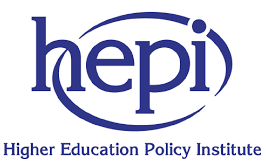As a scarred veteran of the so called ‘quality wars’ – seemingly endless disputes from the mid-80s to the late-90s about the shape and control of the regulation of student education – the author has been sufficiently piqued by the House of Lords Committee’s remarkable criticisms of the Office for Students (House of Lords Industry and Regulators Committee, 2023) and some of the recent HEPI-led discussion (Ashwin and Clarke, 2022; Boggs, Clarke and Ashwin, Halford and Wells, McClaran, all 2023) to offer a few reflections on the issues that appear to underlie the present rift between the Government and the sector.
First, a bit of background. Prior to 1992 each side of the binary line was regulated differently. The polytechnics and colleges were subject to a dual regime of oversight by the Council for National Academic Awards (the CNAA, whose degrees and diplomas they offered) and inspection by Her Majesty’s Inspectorate (the latter’s judgements linked from 1990 to funding by the Polytechnics and Colleges Funding Council). By contrast, the universities were not subject to any external regulation except where some of their vocational courses were subject to professional body accreditation (which included HMI for teacher training). It was only in 1989, and after quite prolonged debate, that the Committee of Vice Chancellors and Principals set up an Academic Audit Unit (AAU) to scrutinise and report on universities’ quality assurance arrangements.
The Government’s almost unheralded decision in late 1991 to abolish the binary line meant that decisions had to be taken, and taken rapidly, about the regulation of the newly enlarged and unified system.

